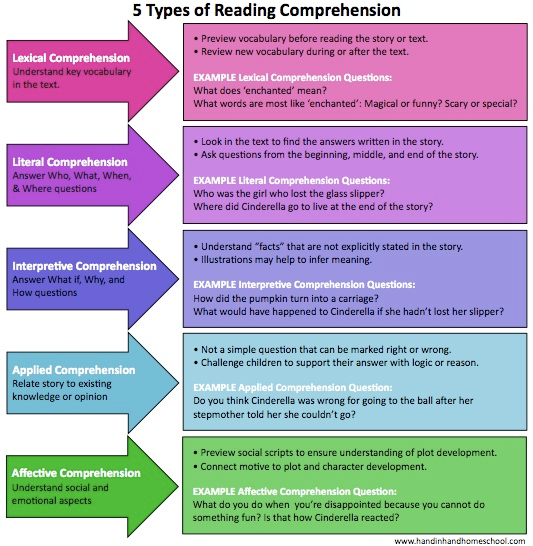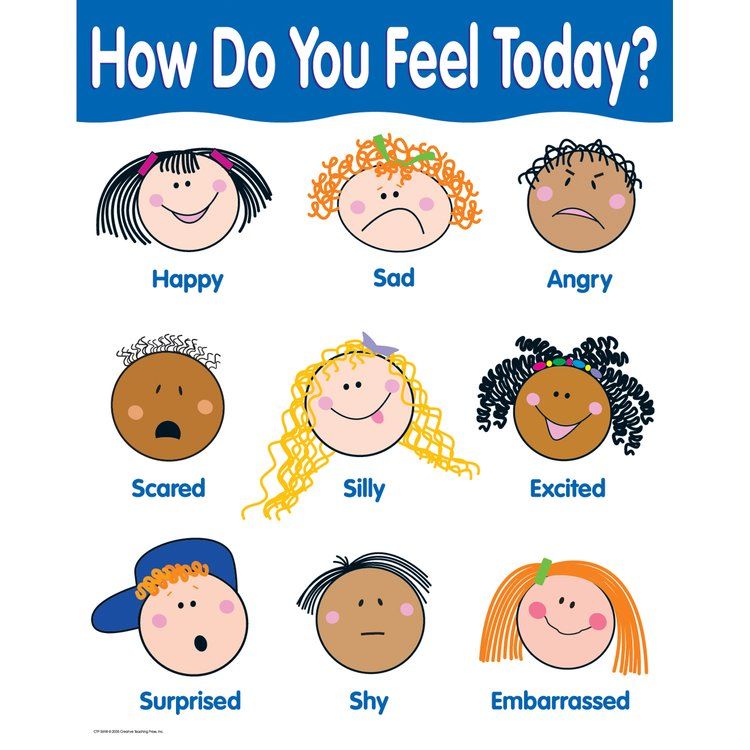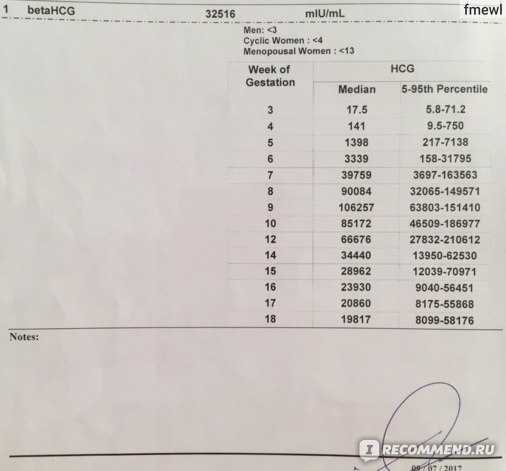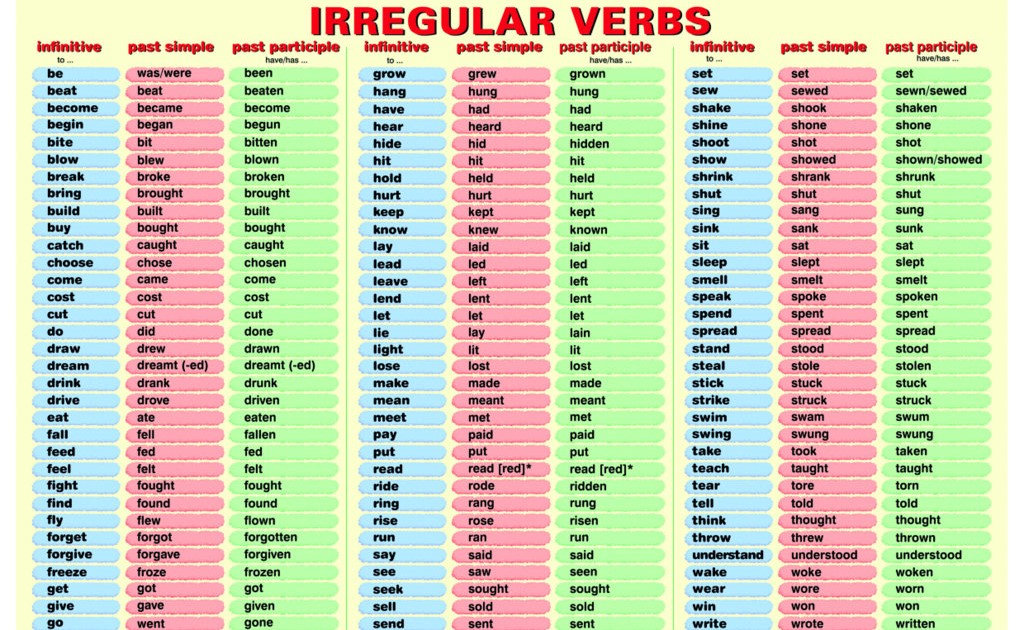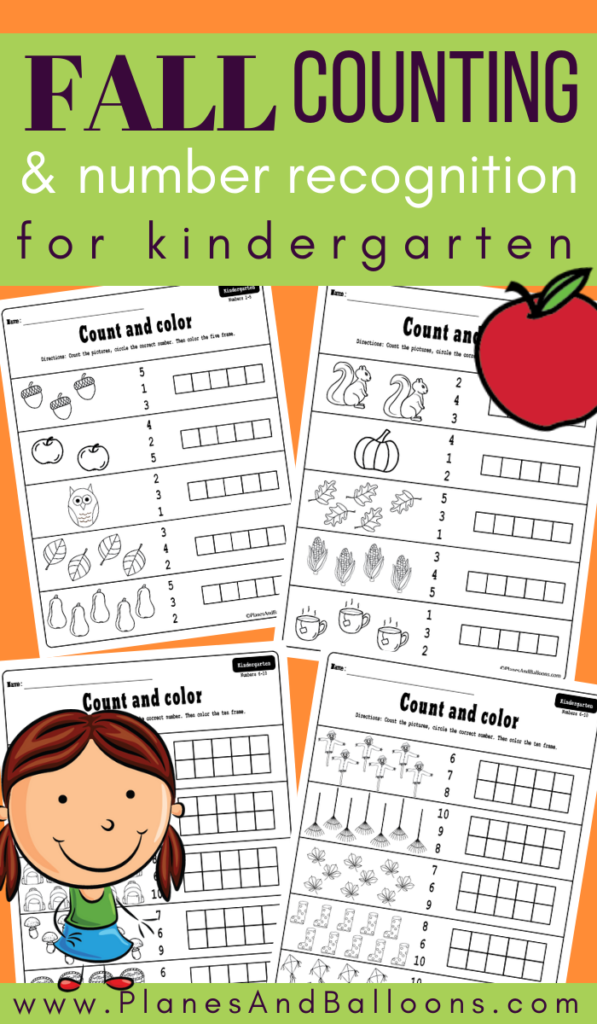How to help child improve reading level
10 Ways to Improve Your Child's Reading Skills
Nothing is more important to academic achievement than being a good reader. Parents know their children best and can provide the one-on-one time and attention that will lead them to success in reading. Here is a list of ways to help your children become more effective readers.
Set Aside a Designated "Reading Time" DailyStudies show that regularly reading out loud to children will produce significant gains in reading comprehension, vocabulary, and the decoding of words. Whether your children are preschoolers or preteens, it will increase their desire to read independently.
Surround Kids With Reading MaterialChildren with a large array of reading materials in their homes score higher on standardized tests. Tempt your kids to read by having a large supply of appealing books and magazines at their reading level. Put the reading materials in cars, bathrooms, bedrooms, family rooms, and even by the TV.
More: 8 Classic Dr. Seuss Books for Kids
Have Family Reading TimeEstablish a daily 15 to 30 minute time when everyone in the family reads together silently. Seeing you read will inspire your children to read. Just 15 minutes of daily practice is sufficient to increase their reading fluency.
Encourage Reading ActivitiesMake reading an integral part of your children's lives. Have them read menus, roadside signs, game directions, weather reports, movie time listings, and other practical everyday information. Also, make sure they always have something to read in their spare time when they could be waiting for appointments or riding in a car.
Develop the Library HabitEntice your children to read more by taking them to the library every few weeks to get new reading materials. The library also offers reading programs for children of all ages that may appeal to your children and further increase their interest in reading.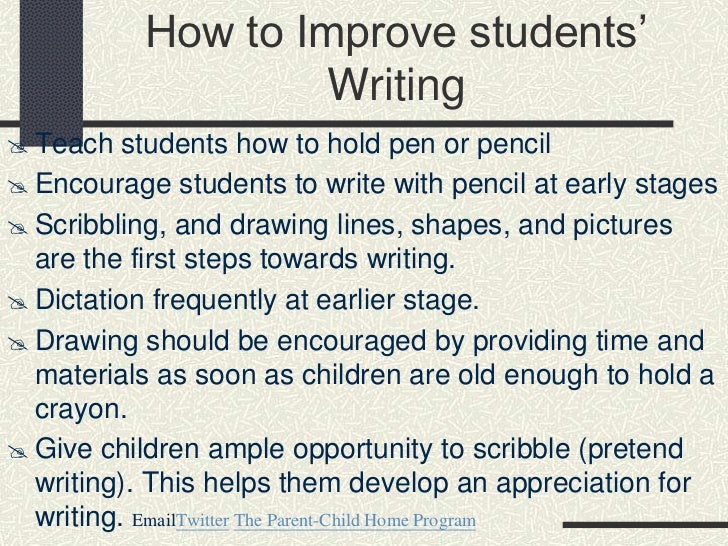
Find out what reading skills they are expected to have at each grade level. The school's curriculum will give you this information. Track their progress in acquiring basic reading skills on report cards and standardized tests.
Look for Reading ProblemsTeachers do not always detect children's reading problems until they've become serious. Find out if your children can sound out words, know sight words, use context to identify unknown words, and clearly understand what they read.
Get Help for Reading ProblemsReading problems do not magically disappear with time. The earlier children receive help, the more likely they will become good readers. Make sure your children receive necessary help from teachers, tutors, or learning centers as soon as you discover a problem.
More: The Skills Kids Need to Read
Use Aids That Help With ReadingTo help your children improve their reading, use textbooks, computer programs, books-on-tape, and other materials available in stores.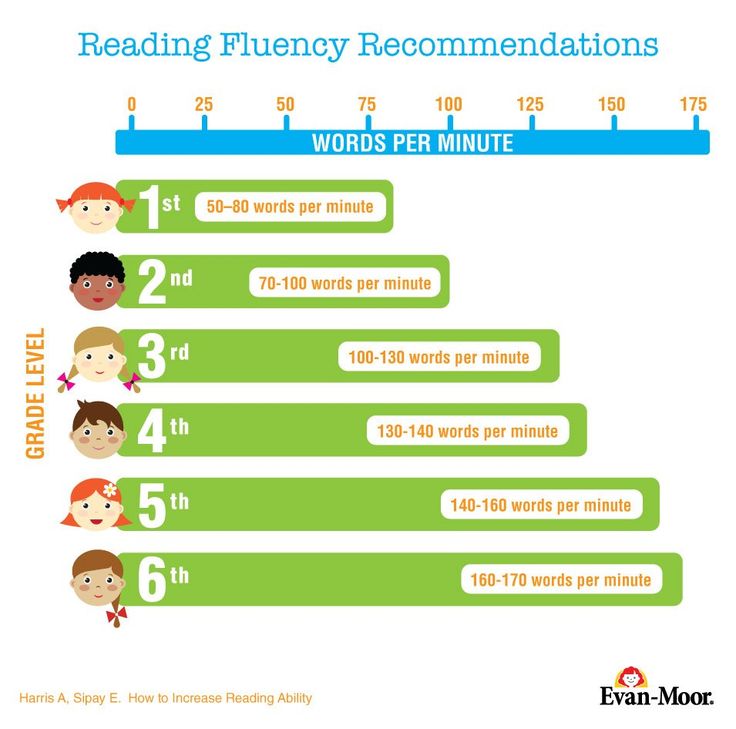 Games are especially good choices because they let children have fun as they work on their skills.
Games are especially good choices because they let children have fun as they work on their skills.
Your reaction has a great influence on how hard they will try to become good readers. Be sure to give them genuine praise for their efforts.
Improve your child’s reading in 10 minutes a day – The Irish Times
All parents want their children to realise their potential at school. A weakness in one area, such as handwriting, reading or numeracy, can lock bright children out of other areas of the curriculum. When a child falls behind it can undermine confidence and self-belief.
As parents we want to help but feel overwhelmed or underqualified. We don’t know whether our input is effective, and it’s easy to lose heart (and patience). It’s also hard to find time.
The Irish Times has consulted experts in the primary learning and support, and identified key areas that cause problems for primary-school children.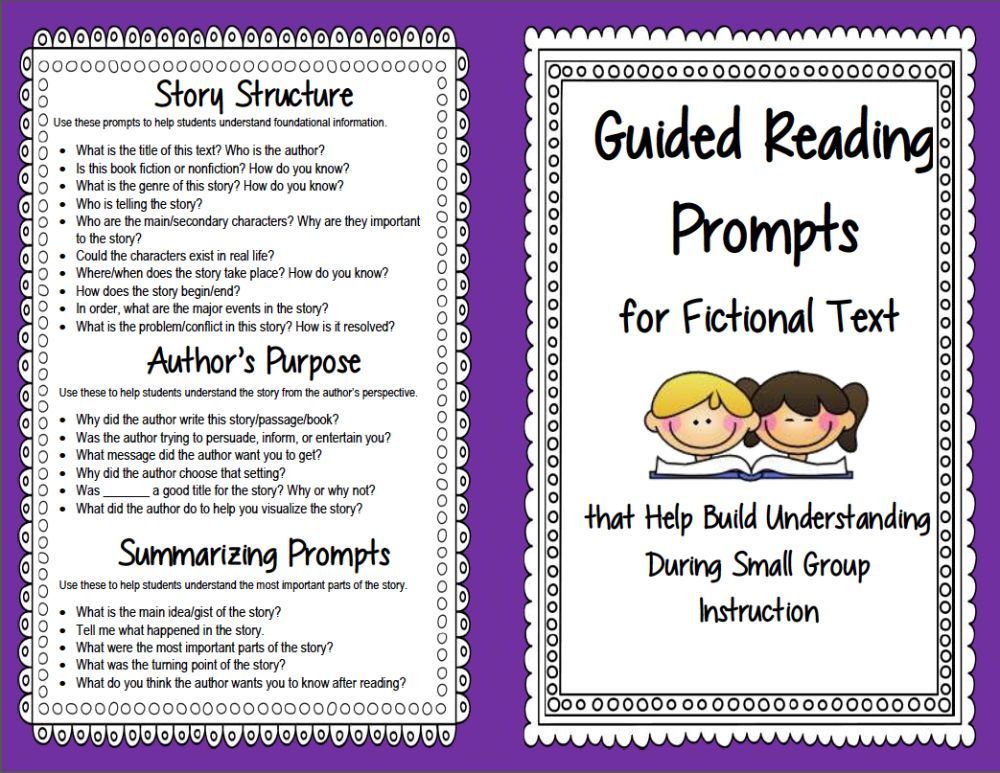 The result is a 10-minute-a-day plan that helps parents support the work of teachers and helps children progress in stubborn areas.
The result is a 10-minute-a-day plan that helps parents support the work of teachers and helps children progress in stubborn areas.
In the coming weeks we will hear from a range of learning experts in literacy and numeracy.
READ MORE
This week we look at reading fluency: the ability to decode letters and words with enough confidence to understand and enjoy reading.
Many children struggle with reading, and a supportive parent can make a big difference. The 10-minute-a-day routine is simple, requires no training or expensive equipment and gives parents a chance to enjoy quiet interaction with their children that will stand to them in all aspects of learning.
Here's the first part of our expert advice. LOUISE HOLDEN
Little and often
A fluent reader reads smoothly and with expression. Limited fluency, or “dysfluent reading”, demands so much energy to work out what the words are that there is little opportunity to think about what they mean.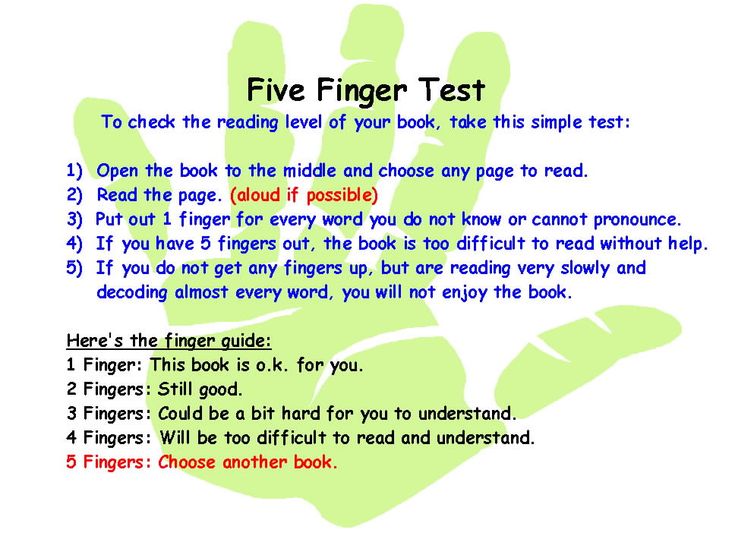 The child can read, but without getting the gist of what it was all about.
The child can read, but without getting the gist of what it was all about.
It is easy to become frustrated when your child’s reading is dysfluent, but there are simple ways we can help our children.
All children learn differently, so it is worth asking your child’s teacher for guidance. But the following tips are generally applicable to a wide range of children.
Do not underestimate the value of investing a little time each day in your child’s reading. The adage of little and often is the best way to avoid frustration and build confidence.
Some elements of the process, such as learning high-frequency words, will be tedious, but if sessions are brief and regular it will keep your child motivated. Establish his or her current level of reading and work from there. Material that is too difficult is frustrating, but easier material can be too babyish. There is a range of reading material that interests older children but is less challenging to read.
While working with your child you may sometimes feel impatient or disappointed.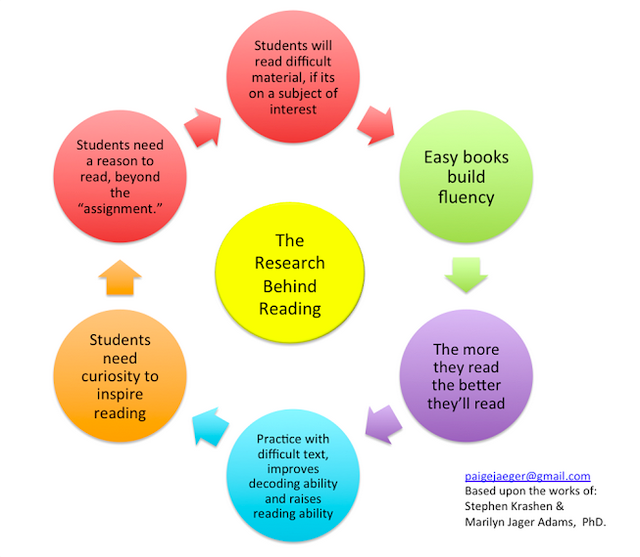 Even the faintest sigh or roll of the eyes will be picked up. Remember, it is not about where the child should be but where he is and how you can help him move forward, step by step.
Even the faintest sigh or roll of the eyes will be picked up. Remember, it is not about where the child should be but where he is and how you can help him move forward, step by step.
Remember, if you know that your child’s reading level is not on a par with his peers’, he knows it too. An important part of your role is to make him feel better about where he is and the progress he is making.
Have patience and try different approaches. Remember to enjoy success.
When your child finds a level at which he is reading fluently, let him stay a while and consolidate it.
When it comes to literacy, overlearning is a good thing. They will use these skills forever. ANNE ENGLISH
Finding meaning
If you think of fluency as the ability to read with expression, then the reader needs to be able to understand the author’s meaning. Learning to read is an integrated process and is not easy for most children. It has to be developed through years of purposeful activity, and parents can play a very important role.
If your child is struggling with reading, the first thing to remember is that you are not alone. If you are frustrated with the situation, you can be certain that your child is too. Don’t create anxiety with unreasonable expectations. Seek help and a more rounded solution.
The first step starts with the school. Schedule a meeting and ask the teacher what they have observed in relation to your child’s skills and what they might recommend.
When a child experiences difficulties with fluency, parents sometimes try to address them with long, intense sessions of reading at home. Short spells of 10 minutes each day are far more productive.
Find a quiet reading corner in the house and furnish it with reading material of interest to your child. Make your sessions in the reading corner calm, inviting and enjoyable, and don’t overdo it. Leave them wanting more. Your child will be more motivated to read a book they have chosen themselves in the library or bookshop.
Don’t make older children read books for younger children.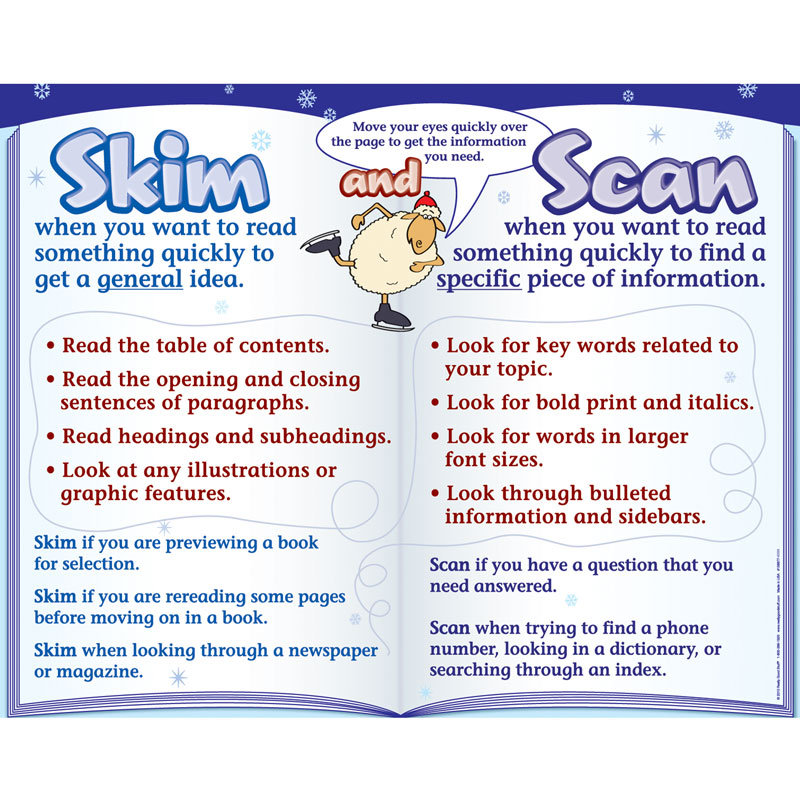 There are books that are pitched at older readers with younger reading-age profiles. They are known as “high interest, low readability” books, and you can get them from educational publishers, at school or from libraries.
There are books that are pitched at older readers with younger reading-age profiles. They are known as “high interest, low readability” books, and you can get them from educational publishers, at school or from libraries.
As a final tip on fluency, I often recommend a speech and drama club. Reading and acting out lines is a great way to build fluency and helps children engage with text in a more meaningful, purposeful and expressive way. BARRY MORRISSEY
The series is compiled by Louise Holden and Gráinne Faller
Seven steps to more fluent reading
1In a busy home, finding time and space for quiet reading is perhaps the most difficult challenge, but the results are well worth it. Create a spot where reading sessions always happen – a corner of your child's room for example. Find a time that works, maybe just after dinner or just before bedtime. Even try getting up 10 minutes earlier in the morning.
2Choose the right reading material.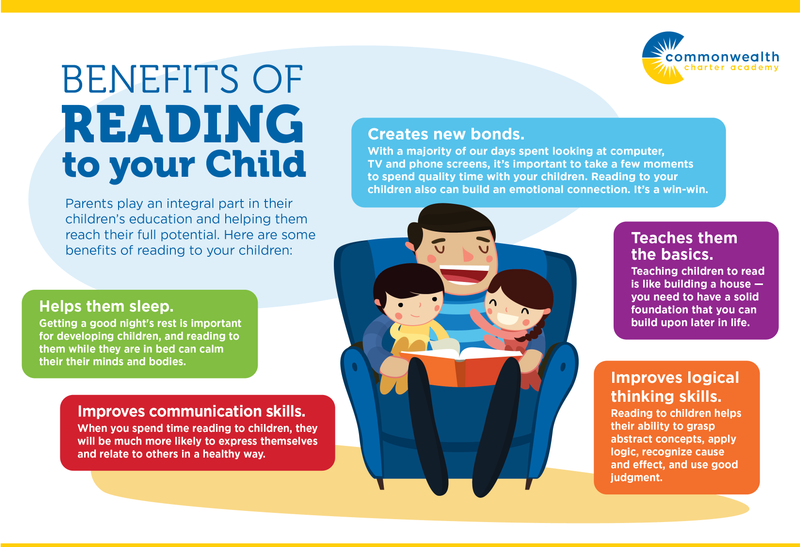 It has to be interesting but not frustrating. Don't give a child reading material with content that is too babyish for them. There are books for children whose reading level is behind their interest level. If you can't get your hands on such material, try compiling material from the internet or newspapers in the form of a project that interests the child.
It has to be interesting but not frustrating. Don't give a child reading material with content that is too babyish for them. There are books for children whose reading level is behind their interest level. If you can't get your hands on such material, try compiling material from the internet or newspapers in the form of a project that interests the child.
3Start with a conversation. What is this book going to be about? What does the title suggest? What do the pictures suggest? These help children to read with purpose.
4Paired reading is when a teacher or parent reads with a child to help model good reading and to support the child's own efforts. There are several kinds of paired reading – try them all to see what works.
* Assisted reading
Read a part of the text and let the child take over at an agreed point. You read every second page, for example, or, if the going is very slow, every second paragraph. This can alleviate frustration.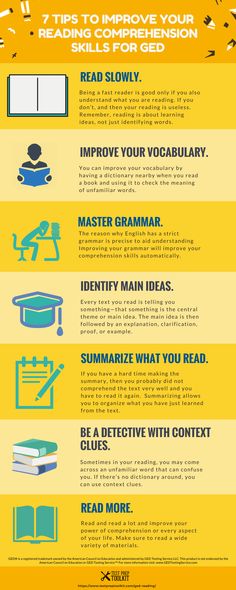
* Chorus reading
Parent and child read together out loud. This way the child gets a sense of your tone and cadences, where you stop and pause and how you add expression. Listen closely to ensure that your child is able to read with you most of the time. If she is dropping out too frequently the material is too advanced.
* Echo reading
This is very effective for children experiencing significant difficulties with fluency. First you read the sentence. Then you and the child read the sentence together. Finally the child reads the sentence alone.
You are modelling the right way to read, scaffolding the child’s attempt, and then giving the child an independent run at it.
Shadow reading uses a similar approach, but you use longer blocks of text.
5If you look at any reading passage you will find that certain words occur again and again. These are known as high-frequency words (an internet search will find them).
Various studies have compiled lists of these; for example, the Dolch list contains 100 words that can constitute up to half the words in the material we read. If a child can recognise these words fluently it makes the job of reading much easier.
If a child can recognise these words fluently it makes the job of reading much easier.
Pay particular attention to these words as they crop up in the text and reinforce them with your child.
6If a child is reading without expression or apparent comprehension, but getting the words right, try asking them to read the same paragraph a number of times, but with feeling. You can model this for them. This can even be fun if you really exaggerate, use accents and hand gestures.
7Finish the session with discussion and praise. Even if you have only succeeded in reading a few lines in your session, talk to your child about the meaning of what you have just read. This conversation extends vocabulary, aids comprehension and whets their appetite for the next session.
Are you worried about your child's progress?
“How was school today?”
“Fine.”
Does that sound familiar – and infuriating? Maybe your timing is off. Are you always ready to talk about your day right at the end of it?
Are you always ready to talk about your day right at the end of it?
Spot opportunities (when cleaning the car at the weekend or at the shops) when you can chat about school indirectly.
Also try a different opening line: “What was the best thing you did at school last week?” for instance. If there seems to be a problem at school, get in contact. If there is good communication between child, home and school, then any problems are far more likely to be spotted and fixed.
If you’re having trouble with school communication, you might want to speak to someone a little removed from the situation, to get some support or maybe even another point of view. Go to one or two trusted sources of information, and trust your own instincts.
Are your worries well founded? If not, then focus on dealing with your anxiety and trying to reduce it. If the answer is yes, then act.
Remember, you may not be able to help your child as much as you’d like. Do your best. You do not need to get every decision spot on. Perfect parents don’t exist. “Good enough” parenting is enough.
Perfect parents don’t exist. “Good enough” parenting is enough.
Meet our experts: Trio of literacy consultants
Anne Englishis the principal of Scoil San Treasa, a primary school in south Co Dublin. She has worked for a number of years with primary children experiencing difficulties and has a keen interest in the challenges children face as they develop literacy skills.
Barry Morrisseyis literacy co-ordinator and learning-support teacher at Scoil Na Naomh Uilig, in Newbridge, Co Kildare. He has a special interest in literacy and has worked with readers of all abilities.
Donald Ewingis the head of psychological and educational services with the Dyslexia Association of Ireland. He has held posts as both a senior and principal educational psychologist and has worked as a professional adviser within the education division of the Scottish government.
Next week
Reading comprehension
Week 3
Spelling
Week 4
Maths
How to increase the speed of a child's reading
Various techniques for quickly working with text are increasingly of interest to modern parents.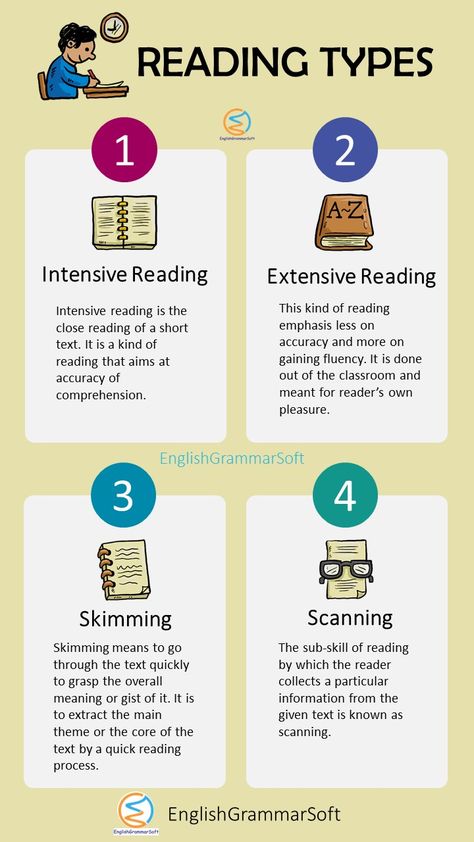 Speed reading allows a child to get acquainted with a whole page of text in a matter of seconds, which is very useful both in childhood, while he is in school, and in adulthood. But how to increase the speed and quality of reading and ensure that the student understands and remembers what he read?
Speed reading allows a child to get acquainted with a whole page of text in a matter of seconds, which is very useful both in childhood, while he is in school, and in adulthood. But how to increase the speed and quality of reading and ensure that the student understands and remembers what he read?
Speed reading for children
Since childhood, a modern person is surrounded by such volumes of information that it was difficult to imagine even 100-200 years ago. The Internet alone is an endless repository of knowledge, where you can find the answer to almost any question in e-books, articles and topics on various forums. It is the abundance of textual information that has appeared in recent decades that is pushing parents to teach their children the technique of speed reading. nine0003
In the Internet or bookstores you can find many different speed reading manuals from famous authors - Shamil Akhmadullin, Sergey Zotov, Oleg Andreev. Teaching fast reading using these manuals can really bring visible results, but the desired effect can be achieved if classes using these methods are conducted by experienced teachers.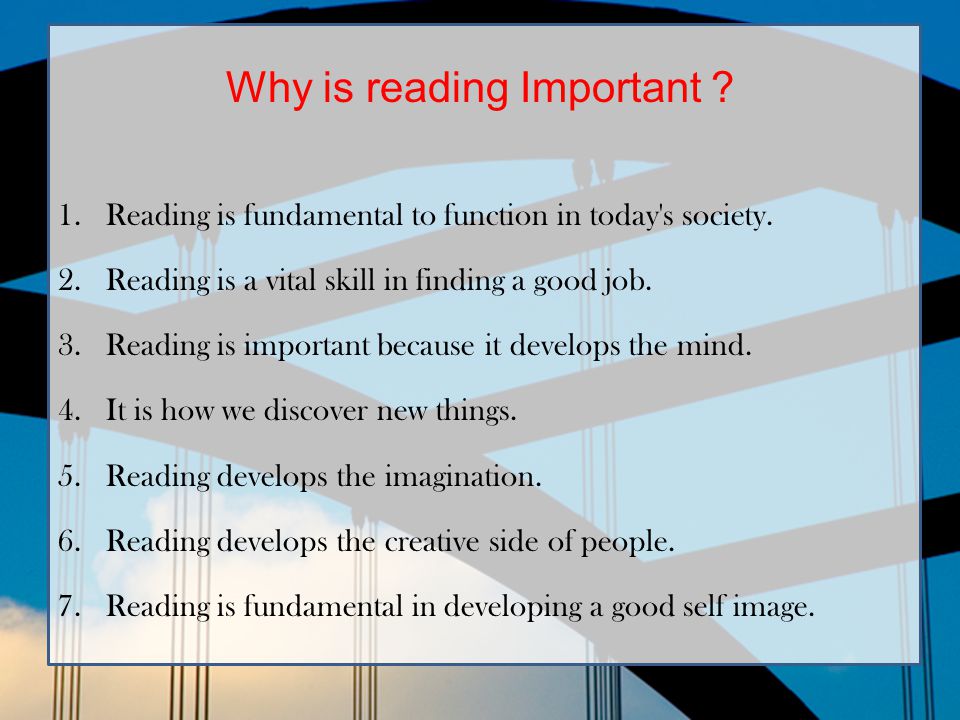 In many ways, the low efficiency of self-study is due to the fact that parents do not pay due attention to the basic skills of the baby, which he must possess even before he begins to learn to read quickly. nine0003
In many ways, the low efficiency of self-study is due to the fact that parents do not pay due attention to the basic skills of the baby, which he must possess even before he begins to learn to read quickly. nine0003
Parents are not always able to evaluate the quality of their child's work with the text, as they evaluate it by any one property: reading speed, ability to read whole words, ability to understand, remember and retell what is read. But in order to understand whether the child is ready to learn to read quickly, you need to consider in detail each of the listed qualities. Let's talk about what a child should be able to start learning speed reading.
How to improve your reading speed
Speed reading technique can be mastered even by a first-grader, if he has basic basic skills, including:
- reading speed of 60 words per minute. Usually, kids reach this level of proficiency in working with text by about 1-2 grades of school.
- absence of speech defects.
 At preschool age, babies often do not pronounce some complex sounds, so it is not recommended to learn speed reading too early.
At preschool age, babies often do not pronounce some complex sounds, so it is not recommended to learn speed reading too early. - the ability to clearly express their thoughts. Possession of oral speech directly affects the quality of acquaintance with the text - on reproduction and understanding of what is read. nine0022
- the ability to retell the read text, viewed cartoon. This ability indicates that the student is closely following the narrative and remembers the events described in it. And this means that when he begins to study speed reading, he will not have problems understanding the text.
Not only the basic skills of a student matter - in order to successfully learn speed reading, he must be interested in literature and love books. If a student categorically does not like to read, then he will not show the proper motivation to study this technique, which means that the expected effect from the classes will not be achieved. Therefore, parents should pay special attention to educating the child's love of literature.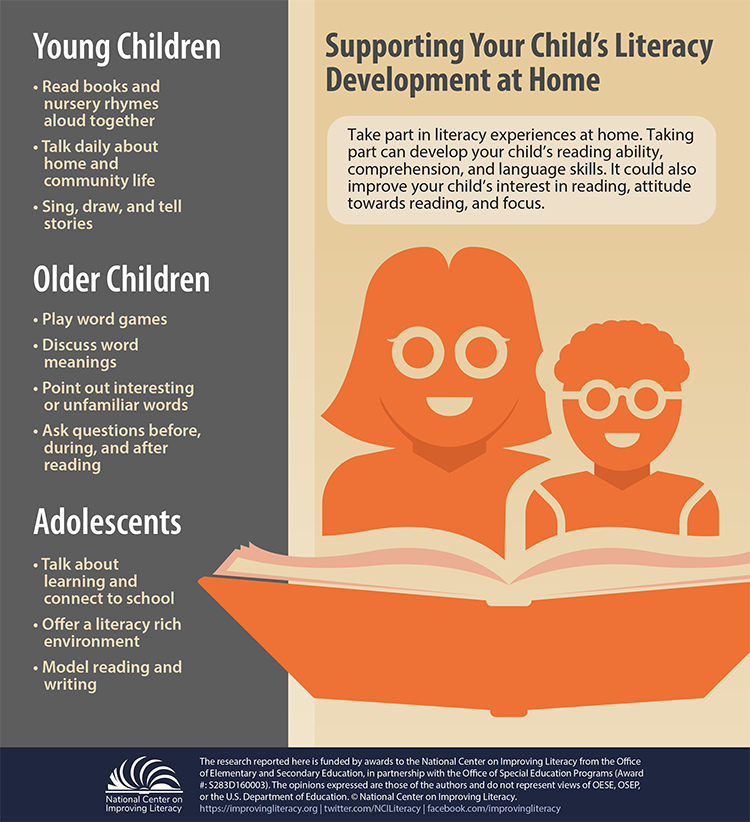 nine0003
nine0003
If the child wants to learn to read fast on his own and has the required level of skills, then he can start learning speed reading. Let's talk about how you can increase your reading speed with the help of various exercises.
Exercises to increase reading speed
There are many author's methods that differ from each other. But most of them include the following exercises to increase the speed and improve the quality of reading:
- deal with Schulte tables. They have many different options, but are more often presented in the form of tables measuring 5 by 5 cells, each of which contains a non-repeating number from 1 to 25. The person performing the exercise needs to sequentially find with his eyes each of the numbers, starting from one and then ascending. This task perfectly trains peripheral vision.
- line read. To complete this exercise, you need to close each line you read with a bookmark or ruler, continuing to read the next one.
 So the student can get rid of regression - from the habit of returning to the part already read. nine0022
So the student can get rid of regression - from the habit of returning to the part already read. nine0022 - read aloud through the word. Perfectly trains attention and fluent perception of the text. If you often read the text through the word, you will be able to improve the quality of understanding of the material when reading quickly.
- read randomly moving text across the screen. Allows you to expand the angle of view, improve concentration and increase the speed of the brain's reaction to the next part of the task.
- read at the speed of the timer. It is important to try not only to quickly read the text, but also to try to remember and understand what you read well. nine0022
- read to a rhythmic sound. Teaches to suppress internal articulation and read more carefully, without being distracted by extraneous stimuli. It is better if the rhythm is created by the child himself, tapping his finger or pencil on the surface of the table - then the effectiveness of this exercise will be higher.
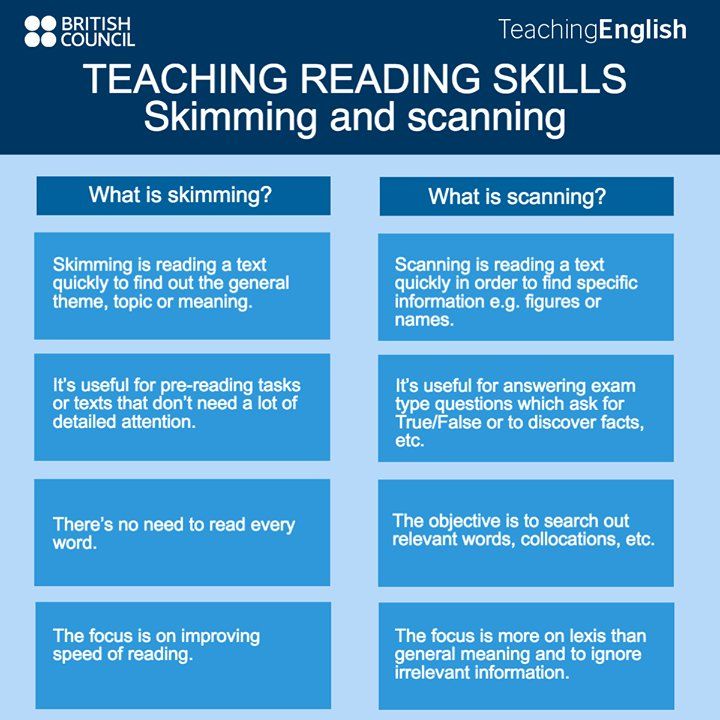
The listed exercises are only a small part of the tasks that you need to perform to improve your writing skills. But are they enough to significantly affect the speed and quality of perception of textual information? nine0003
Time-honored effective techniques
Speed reading exercises and activities really help improve your writing skills. But we must remember that even the most useful of them will not cope with this task if you do not alternate them with other tasks. It is important to make training consistent, subject to a specific program, in order to gradually improve the child's ability to read and consolidate the knowledge gained.
It is also worth noting that learning to speed read is a lengthy process that can take from several months to one or two years, depending on the initial level of the student's skills. Parents do not always manage to regularly engage with their child throughout this time and select a variety of exercises for him in order to diversify his abilities.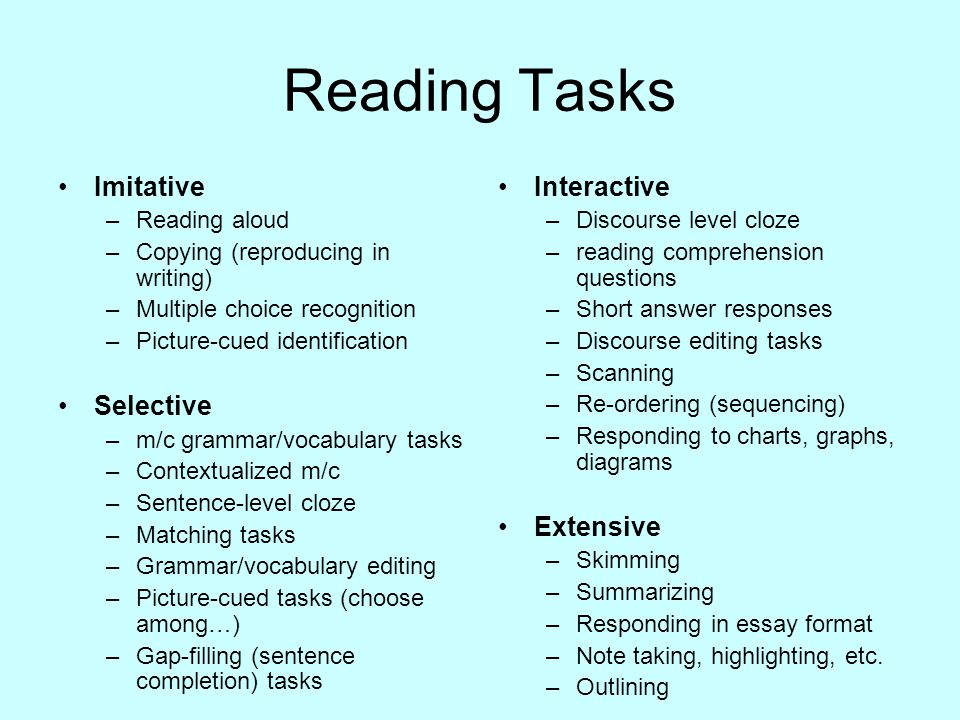 Because of this, self-training often does not bring the desired result. Therefore, parents are interested in various speed reading courses, thanks to which the student will be able to learn how to read quickly and memorize what they read well. nine0003
Because of this, self-training often does not bring the desired result. Therefore, parents are interested in various speed reading courses, thanks to which the student will be able to learn how to read quickly and memorize what they read well. nine0003
The Liberica program is a time-tested method of teaching speed reading with proven effectiveness. In such classes, the child will be able to gradually master all the necessary topics, consolidate their knowledge and learn to read up to a thousand words per minute. The student will retain such a high level of skills forever, which means that such abilities will be useful to him not only in childhood, but also in adulthood.
5 ways to increase your reading speed in 15 minutes a day, even if the student did not pick up a book in the summer
Child development
5 Ways to Increase Your Reading Speed in 15 Minutes a Day, Even If You Didn't Pick Up a Book in the Summer
October 17 271 546 views
Olesya Akhmedzhanova
The ability to read is one of the main requirements for a first grader today.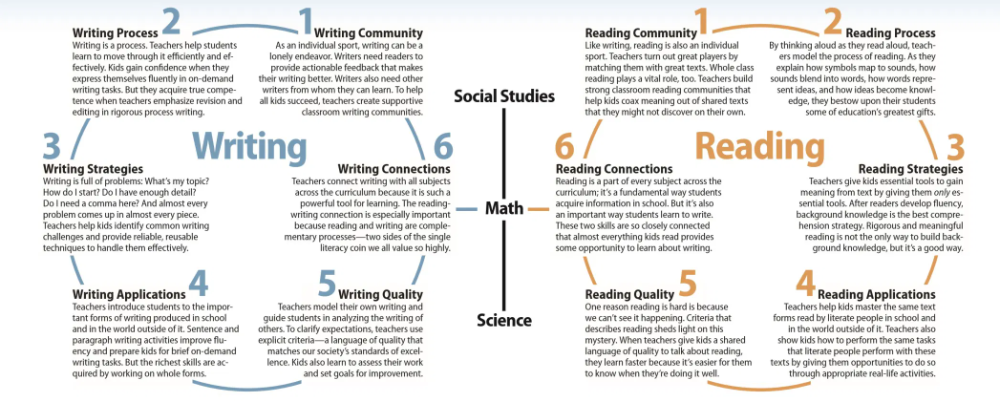 In elementary school, children are waiting for a cut in reading technique: with its help, the teacher checks how quickly the student delves into the text and whether he can perceive it without errors. Together with the teacher Polina Bulatova, we chose ways that will help improve the reading speed in elementary school in just 10-15 minutes a day. nine0003
In elementary school, children are waiting for a cut in reading technique: with its help, the teacher checks how quickly the student delves into the text and whether he can perceive it without errors. Together with the teacher Polina Bulatova, we chose ways that will help improve the reading speed in elementary school in just 10-15 minutes a day. nine0003
Source
Tongue twisters
The use of tongue twisters is obvious: the child literally learns to “speak soon”. And by increasing the speed of speech, he begins to read and even think faster.
The coolest thing is that tongue twisters can be memorized anywhere: on the way to school, to music, dancing and karate, or in the morning, during breakfast.
Examples of tongue twisters
Here are some tongue twisters that you can learn with children.
- Catfish with whiskers are in Senya and Sanya in the passage. A wasp does not have a mustache, not a mustache, but a mustache.
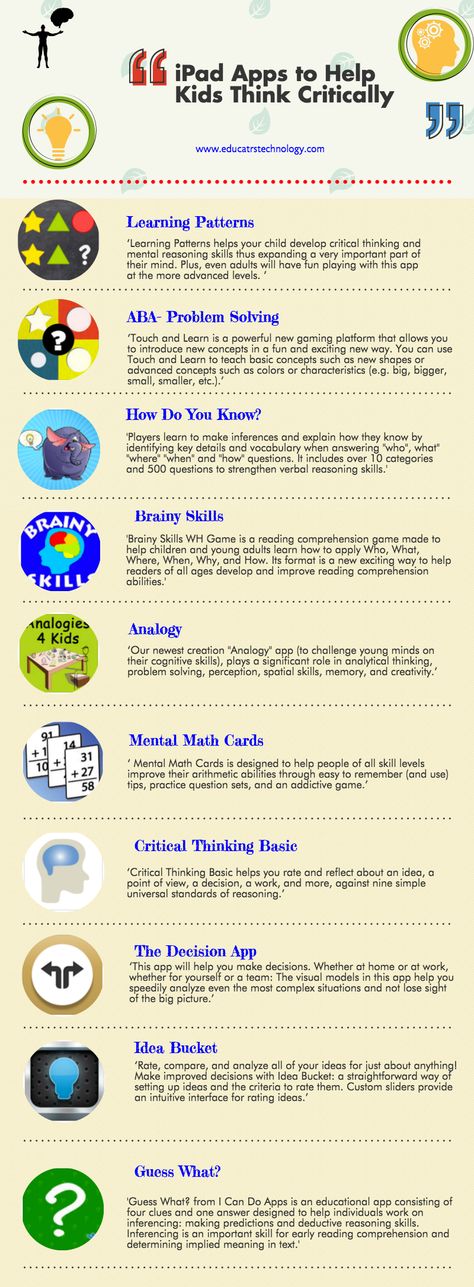 nine0022
nine0022 - Senka is carrying Sanka and Sonya on a sled. Sledge lope, Senka off his feet, Sonya on the forehead, all in a snowdrift.
- Well done ate thirty-three pies with pie, and all with cottage cheese.
- Thirty-three ships tacked, tacked, but did not catch.
- Karl stole a coral from Clara, Clara stole a clarinet from Karl. Queen Clara severely punished Charles for stealing the coral.
- Carl was putting the bow on the chest. Clara was stealing onions from the chest.
- You can't over-speak all tongue twisters, you can't over-speak. nine0022
Even more examples can be found on special websites or in the Speech Talker application, where there are tongue twisters, poems, exercises, syllabaries and even breathing exercises.
Breathing
Sometimes the reason for slow reading is incorrect breathing. For example, a child says a phrase while inhaling.
Source
Try these breathing exercises.
- Have the child take a deep breath and say as many words as they can as they exhale. nine0022
- If the first exercise is easy, use lists of words. The technique is the same: the child takes a breath, and as he exhales, he reads a text or a list of words.
Schulte tables
Reading speed largely depends on how quickly the eye moves from line to line. Some children fail to read the text sequentially: they “jump” over the line, skip words, constantly return to the beginning of the sentence. Schulte tables will help fix this problem. nine0003
This is usually a 5x5 square table with numbers from 1 to 25 in its cells. Sometimes there are more columns and rows. The essence is simple: you need to quickly and consistently find the numbers in the table.
This is how the child expands the angle of vision, trains attention and learns to perceive information faster.
“There are many sites on the Internet with Schulte tables,” says speed reading teacher Polina Bulatova.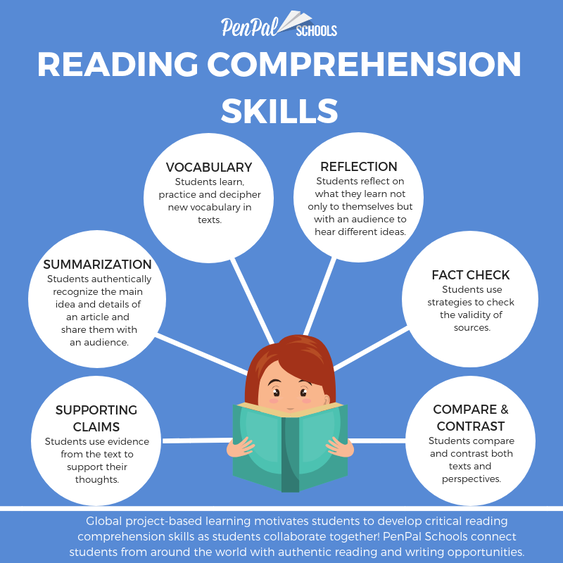 “But it’s more convenient to download the application to your mobile phone (AppStore, GooglePlay) and train the skill when the time comes: in line with the doctor, at the passport office or in the store.” nine0003
“But it’s more convenient to download the application to your mobile phone (AppStore, GooglePlay) and train the skill when the time comes: in line with the doctor, at the passport office or in the store.” nine0003
Whole words
What if the student is still reading by syllables? We need to help him move on to reading whole words. The way out is simple, but very effective: place stresses in words.
If he pays attention to stress, he will not be able to read by syllables.
Try it yourself: with an accent, you won't be able to say "koto-fairy", but you will say "cat".
Stick stickers or cards with accented words at home. On a table, a refrigerator, a mirror, a kettle, a book with your favorite character. Where the child will definitely see the inscription. Start with simple words of two syllables, and then move on to complex ones of four or five. nine0003
Word ladders
Another easy way to improve your reading speed is word ladders.